Theme – Relationships
Student to Student: bringing children into gardens and gardening encourages teamwork, collaboration, and knowledge sharing! One student can’t notice everything, but they can invite each other into their observations.
Student to Land: Children see that, while many human actions are and have been destructive to natural balances, they have the power to create positive change in the ecosystem
Student to Plant: Especially in urban settings, children do not get many chances to connect to the food they eat. When children grow their own food, they become curious about food security and excited to eat the food that they grew.
Student to Insects: often children will want to “experiment” with the bugs because they want to learn about them. We can take that curiosity and focus it on “care” instead of “experimentation” by teaching about the roles bugs play to make gardens healthy! Roles include pollinating, pest control, decomposing and more.
Plant to Insects: children can easily tell you that bees pollinate plants, but what else do they do? Plant/insect relationships are different for every species. Plants may provide shelter and food – either by being the food for the insect directly or attracting prey insects. Insects of course pollinate, and they eat other destructive insects!
Plant to Land: soil quality is a major determinant to the nutritional density of a plant. Traditional row-gardening and monoculture crops quickly deteriorate soil quality because they repetitively strip the same nutrients out of the soil without replacing them. Eventually, chemical intervention is needed to sustain the major crops. By encouraging local gardening, plant rotations, and cyclicality, we can restabilize soil nutrients and create healthier plants.
Community to Land: Whenever doing land-based programming, it’s important to learn about the history of the land you are on and to encourage native plant species to thrive. Remember, settlers have privilege that makes it easier for them to work around, work with, and dismantle barriers to creating
Key Terms
Activity 1 – Lesson Brainstorm
In small groups, explore the garden for 15 minutes. When you find something that interests you, imagine how you can incorporate it into your teaching area! For P/J candidates, how might you make this a cross-curricular activity?
Primary/Junior
- Stumps
- Mushroom inoculation: Decomposers/producers/consumers
- Controlled risky play and balancing activities, increase proprioception
- 3 Sisters Garden
- Consult with local Indigenous groups to share practices
- Be careful which corn you are planting to ensure it is strong enough for the beans
- Plant life scavenger hunt
- Find the same plant in different stages
- What does the plant need to make it to the next stage?
- Making soup
- The books “Stone Soup” and “May We Have Enough to Share”
- Directly relates to grade three curriculum about local food supplies
- Can be easily adjusted seasonally to learn about “in-season” crops
- Social Studies: What does “weed” mean?
- Class distinctions
- Colonialism
- What can we use “weeds” for? Why might we encourage “weeds” over grass lawns?
- Math
- Surface area, volume, measurement units
- Building materials
- Meeting community needs, how much do we plant?
- Cooking and measurements
- Create bug hotels
- Observe a bug, what plant is it on? What does it need?
- Build it a small habitat to make more observations
- Release back where we found it because guests check out of hotels!
Intermediate/Secondary
- Chemistry
- What chemical processes make Touch Me Nots/Jewel Weed a good poultice for poison ivy? Incorporate Indigenous knowledge and practices
- Geography
- Plant and Cultural Connections
- ID the plants
- Where does it come from? Why did it grow well there? How did it get here? Why did we bring it here? What cultural significance did/does it have?
- Ex. Scotch Thistle is native to Scotland and was brought as an ornamental plant. While many people still enjoy the flower, it is a physical reminder of the ongoing colonialist land disruption
- Relating weather cycles to plant needs
- Human and climate impacts on seed evolution
- Biology
- Plant ID and population estimation
- Math
- Graphing exponential growth rates
Gardening Tips
- Purple Kool Aid
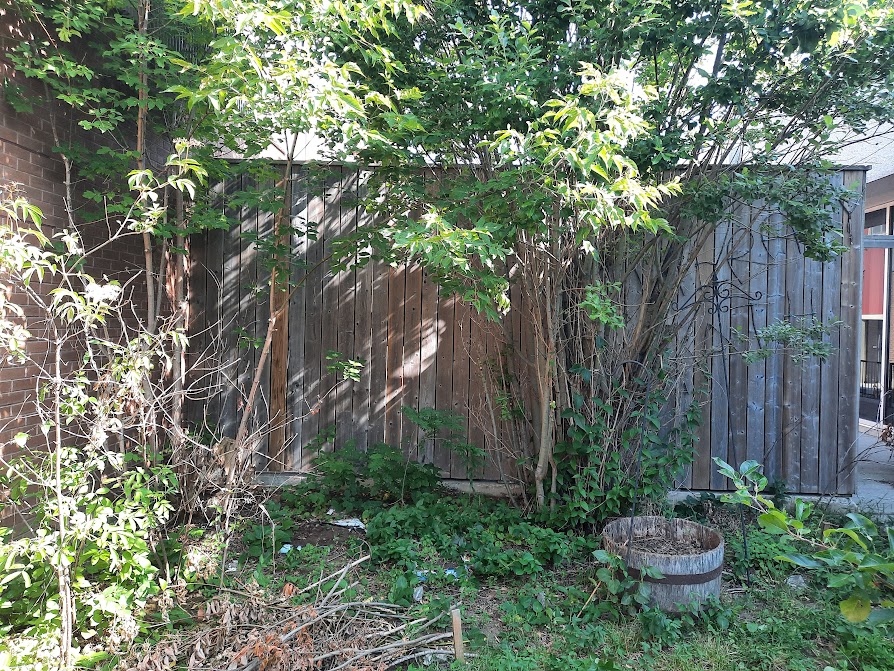
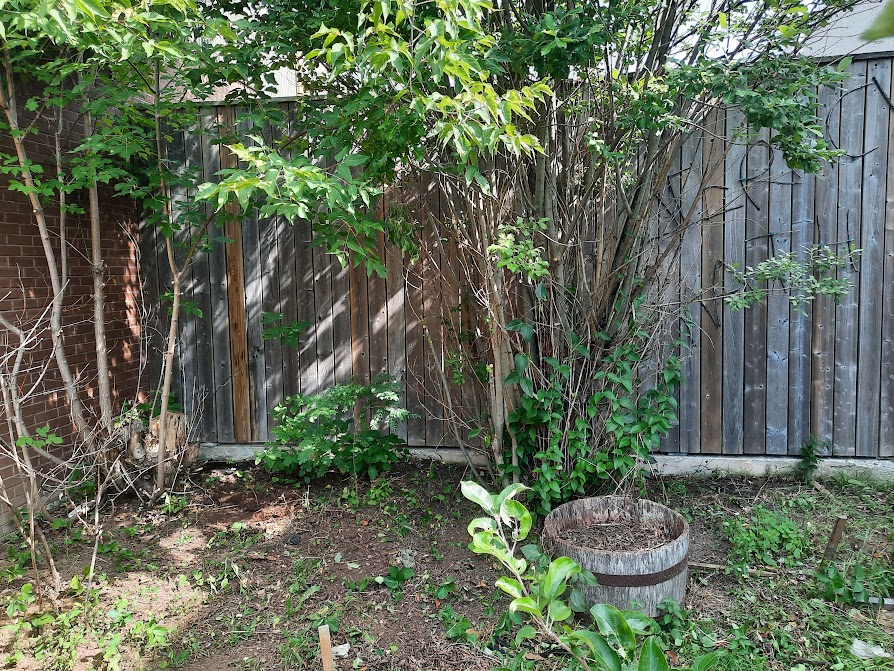
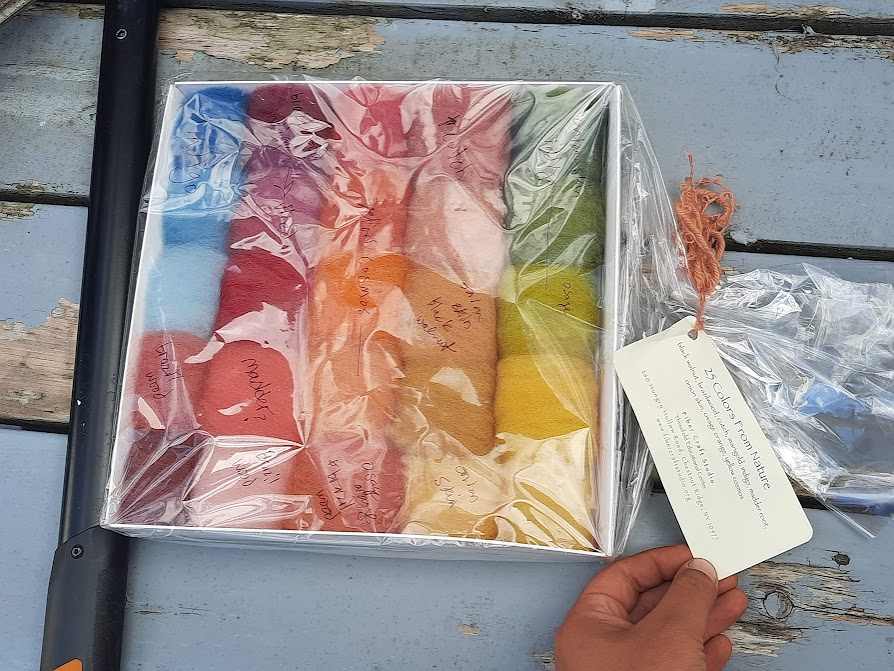

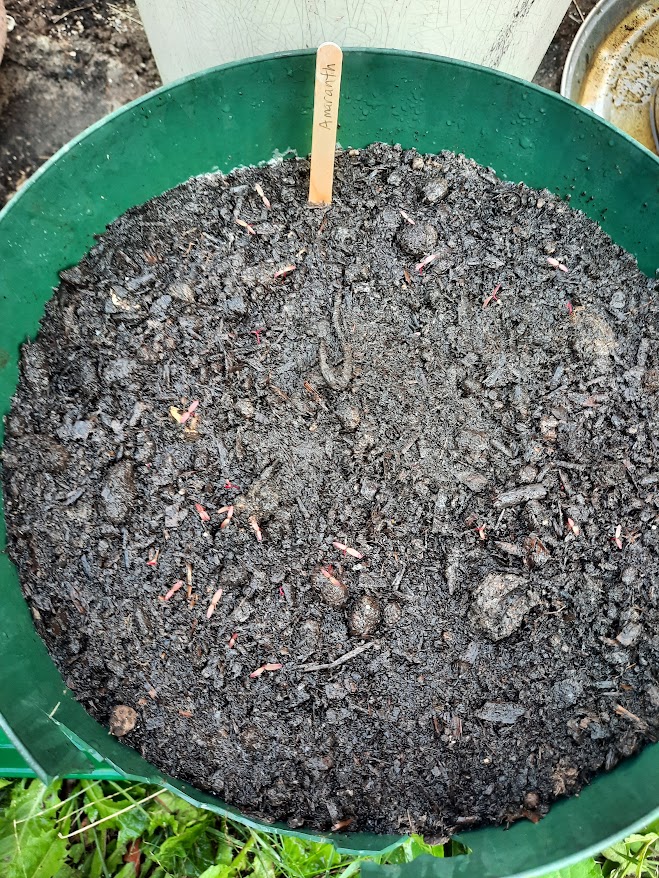







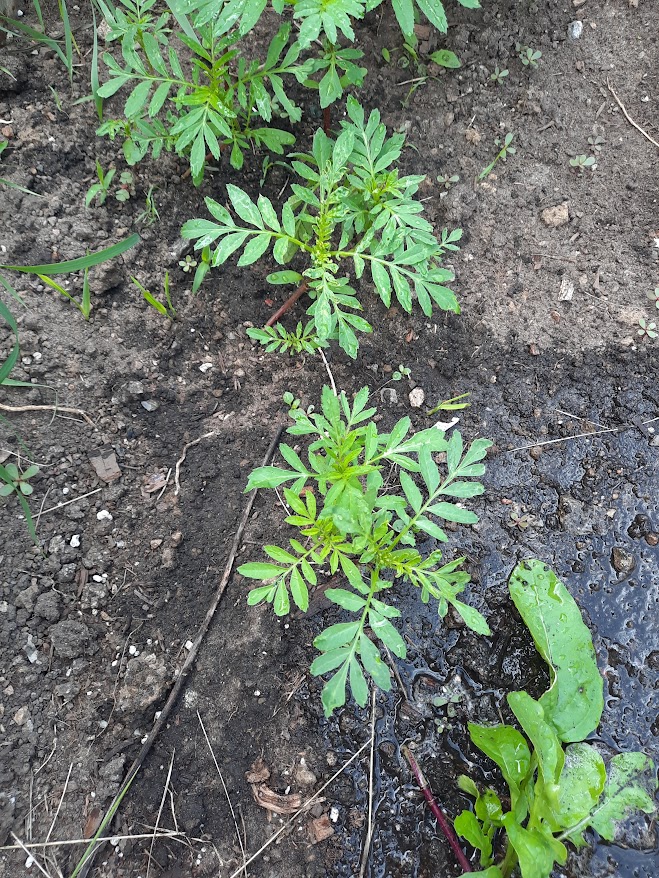




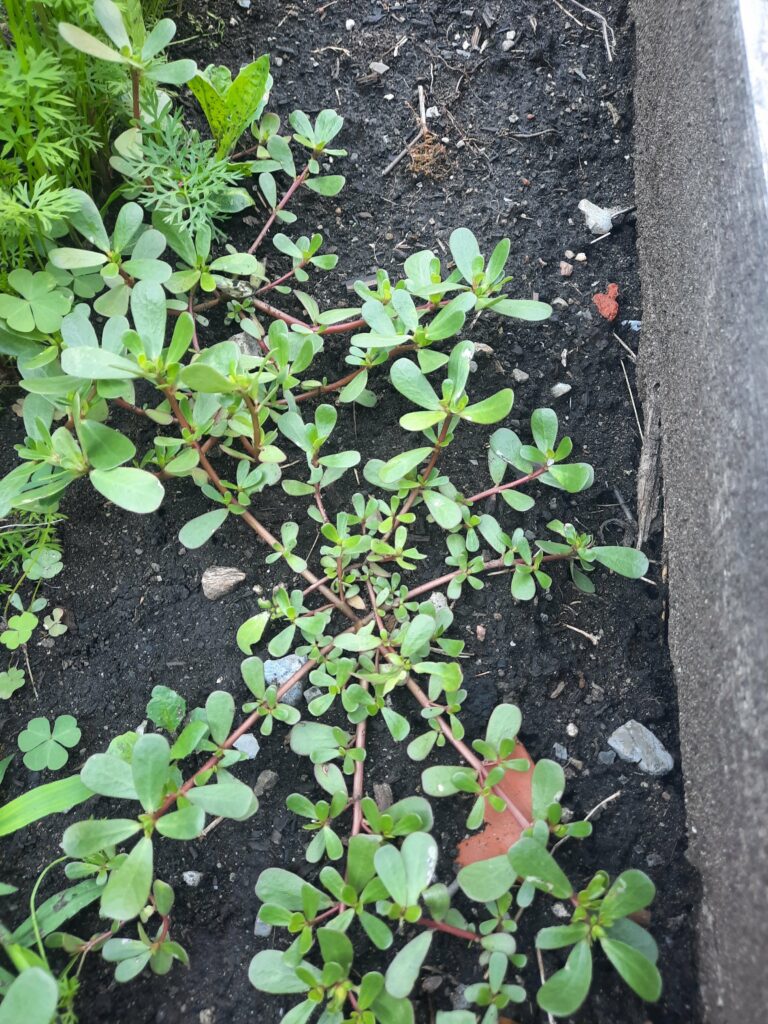
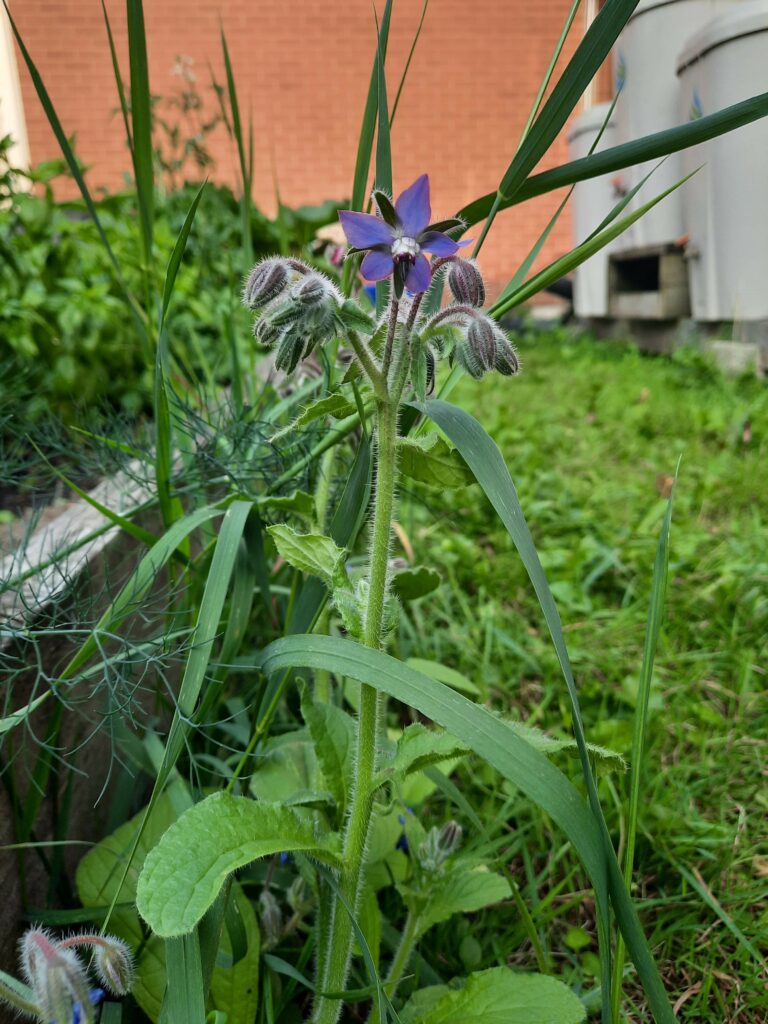
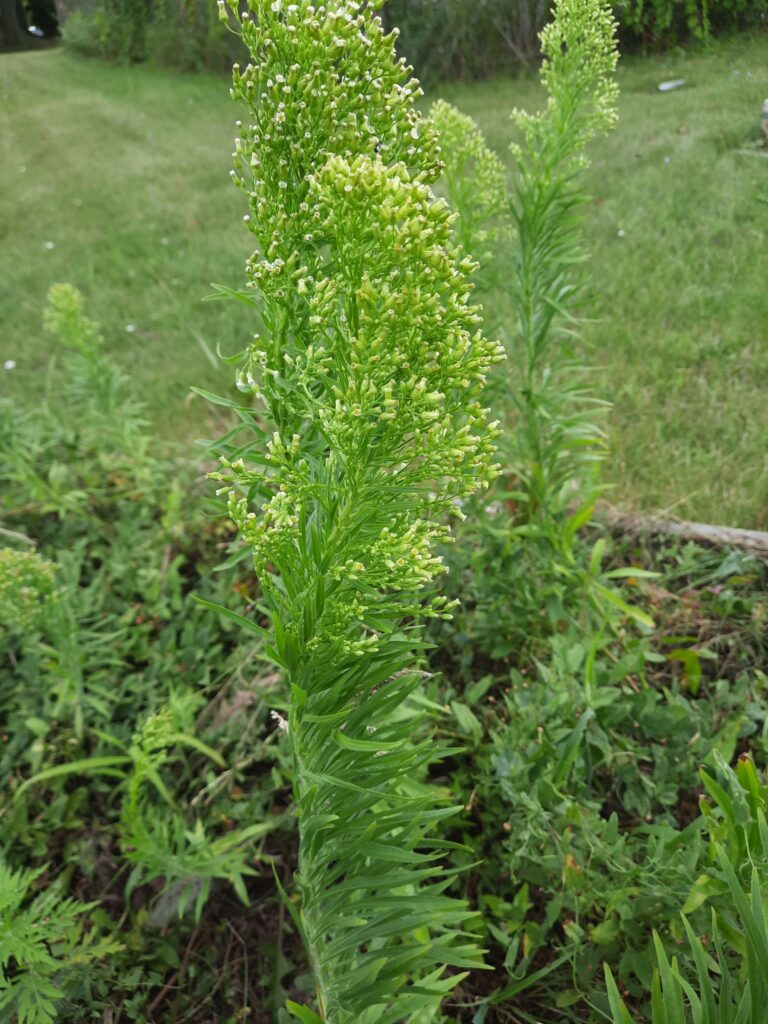
Recent Comments